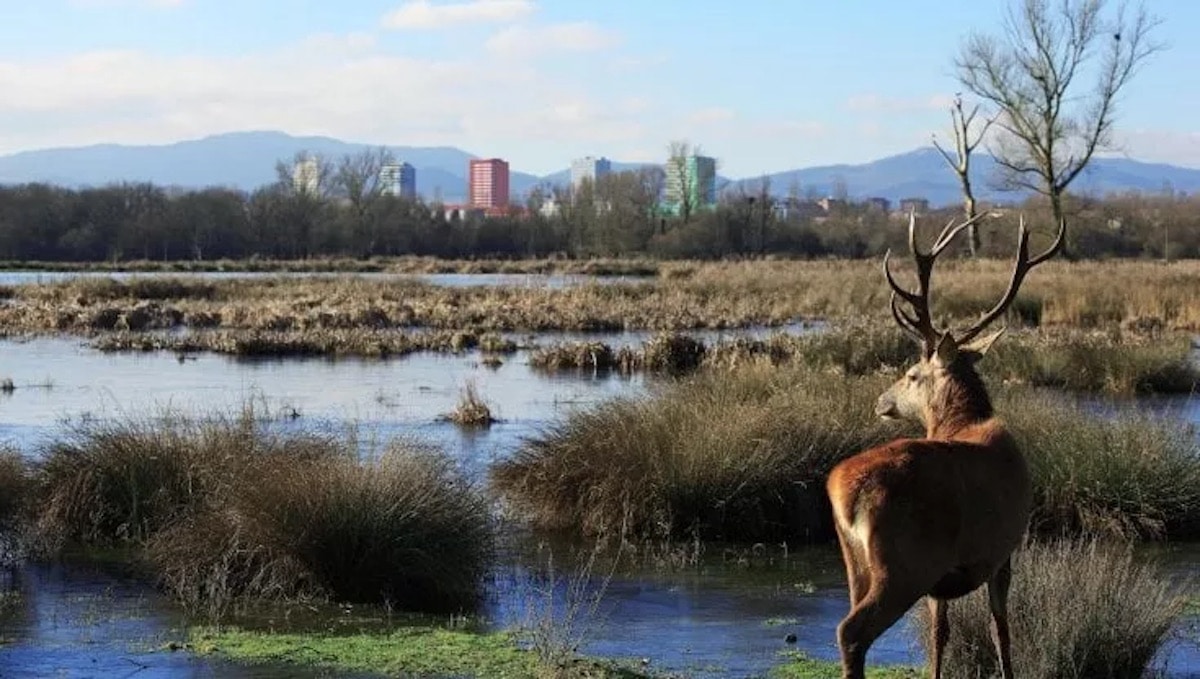Álava is a Basque territory many of those who come to visit us often don’t have the chance to see. The same could be said for those of us who live here.
But today, the Italian daily La Repubblica (which we check assiduously, though we’ve missed it as of late here on the blog) brings its readers a very interesting article by Andrea Picchione, which covers over the charms of the capital, Vitoria-Gasteiz, and the wine-making Rioja Alavesa region, as well as the cuisine.
We have no doubt this article will encourage many Italians to come check out our country. Many already have, as there has always been great interest for our culture, and our food!
We’d like to add our viewpoint: Álava is an extraordinary territory that invites us to “lose ourselves” there.
It’s a part of our country where alongside the wheat fields and open spaces of the Plains, we can also find forests, rivers rolling through tight canyons, mountain passes with amazing views of the Ebro River valley, natural parks, reservoirs surrounded by mountains that can give you the feeling you’re in the Alps when they’re covered in snow, Roman-era salt lakes offering spectacular otherworldly vistas, secret valleys where it seems like time stands still, an extraordinary wine-making area known for its unique surroundings and warm people, astoundingly beautiful medieval churches, and a modern, eco-friendly capital city designed for people which still protects its medieval quarter, including a cathedral whose restoration is being studied and copied.
Álava is a place to discover and enjoy. All of Álava, including the part that is under the administration of Castile-León, separating neighbors based on an anachronism and against the will of the people who actually live there.
La Repubblica – 28/3/2022 – Italy
Benvenuti a Vitoria tra piste ciclabili, pintxos e il rito della cuadrilla
Vitoria, capoluogo dei Paesi Baschi, nasce agli inizi dell’ottavo secolo come un piccolo villaggio collinare di legno e argilla dal nome di Gasteiz. La sua struttura medievale ha mantenuto molto della forma originaria: nove vie principali trafitte da vicoletti e scalini, scenario perfetto per ristoranti e locali nascosti. L’illuminazione tenue, che riduce al minimo l’inquinamento luminoso, rafforza la sua impronta antica rendendola elegante e suggestiva al calar del sole. La città viene chiusa da un abbraccio di puro ossigeno, la Green Belt: trenta chilometri di piste ciclabili che collegano sei parchi. Camminando o andando in bicicletta si percorrono fiumi, foreste, zone paludose, paesaggi con un’incredibile biodiversità vegetale e animale. Un progetto di recupero ambientale inserito dalla Fao tra le 15 migliori iniziative urbanistiche.
(Follow) (Traducción automática)
Foto de cabecera: vista de Vitoria desde su «anillo verde» (Foto D. Llano)
Last Updated on Mar 28, 2022 by About Basque Country





























